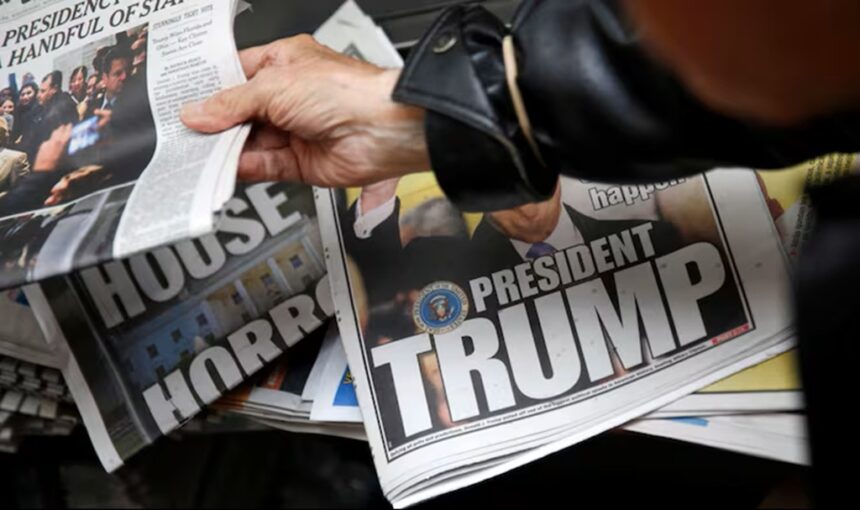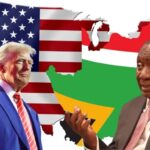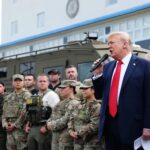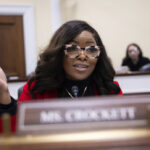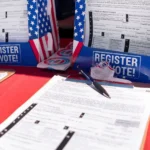WASHINGTON, D.C. – President Donald Trump’s latest move to bring peace between Ukraine and Russia has triggered a wave of criticism from major news organizations. Many observers see this as clear evidence of long-standing media bias against the 47th president.
While Trump’s team aims to end a conflict that has left thousands dead and thrown Europe into turmoil, his peace efforts are being heavily questioned. Mainstream outlets often focus on what they see as Trump’s failings, shaping the story to fit a negative image.
Since stepping into the White House in January 2025, Trump has put ending the Ukraine war at the center of his foreign policy. He famously said he could settle it “in 24 hours.” His approach has included public meetings like the August 15 Alaska summit with Vladimir Putin, as well as direct talks with Ukraine’s President Zelenskyy.
Despite these bold steps, the news cycle has been filled with skepticism. Outlets such as The Nation, TIME and Al Jazeera have cast Trump’s diplomatic work as unskilled or slanted toward Russia. Headlines like “Trump Abandons Ukraine” and “Trump Risks Leaving Behind a Legacy of Failure in Ukraine” suggest a leader struggling to handle international challenges, even as his administration works on a broad peace treaty instead of a short-term truce.
Much of the coverage skips over the complicated nature of the war. For example, SFGate reported on Trump’s decision to move from backing a ceasefire to negotiating a full peace agreement. The story was spun as Trump reversing course to suit Putin.
Critics of the media say this misses Trump’s stated objective: a deal that sticks, not a patchwork truce “that often falls apart,” as he said online.
Tearing Down Trump
European diplomats who spoke off the record confirmed that Trump and Putin discussed stopping the fighting in places like Zaporizhzhia and Kherson. But according to Trump backers, the press gave little attention to these early signs of progress and focused instead on what hadn’t happened yet.
Personal criticism follows Trump’s steps as closely as policy criticism. TIME’s Andrey Kurkov described a White House meeting in February, claiming that Trump’s tough language with Zelenskyy “humiliated” Ukraine’s leader.
He left out that Trump’s approach often uses blunt talk to pressure both sides. The Nation, meanwhile, accused Trump of running “a war against the free press” alongside his Ukraine actions, lumping together his legal battles with his diplomatic efforts. Supporters argue that these attacks show a drive to tear down Trump regardless of what he does.
Trump’s supporters point out what they see as uneven news coverage. Social media users like @Anglojake argue that Trump’s push for a peace agreement goes beyond what most Western leaders have tried, yet attracts far more criticism.
Getting Fair Coverage
In a recent post, @Anglojake slammed the BBC for spotlighting Trump’s mistakes while ignoring the problems that come with negotiating with Putin. Another user, @gc22gc, claimed the press undermined Trump’s efforts for a “historic peace deal” by insulting Putin at every turn.
Many reports dwell on setbacks, such as an April ceasefire that quickly broke down or the lack of a binding agreement from the Alaska meeting. Al Jazeera pointed to fresh Russian attacks during an Easter truce, saying they exposed Trump’s optimism as misplaced.
Rarely do these stories highlight Putin’s ongoing demands for Ukraine to give up territory, something Trump has not agreed to, according to NBC News.
Other outlets like The Hill have talked up Trump’s “inconsistent support” because of brief pauses in military aid, but often fail to mention the $50 million aid package passed in April or the U.S. deal to sell NATO weapons for Ukraine’s defence.
Analysts believe this hostile press has roots in Trump’s rocky history with the media during both his first term and the 2024 campaign. The Nation recently linked Trump’s foreign policy to wider claims about his style, even comparing his media fights to crackdowns abroad.
Trump’s supporters say those comparisons are overblown and distract from any real analysis of his efforts.
With more talks on the horizon, including a new meeting at the White House with Zelenskyy, it looks like Trump will keep facing tough coverage. European leaders have offered measured support, according to SFGate, but U.S. media mostly keep pushing the story of failure.
To many Americans watching from home, this sparks debate about whether media reporting is based on facts or simply habit. As the Ukraine war grinds on, Trump’s backers argue the biggest challenge may not be on the battlefield or in negotiations, but in getting the media to judge his plan fairly.



